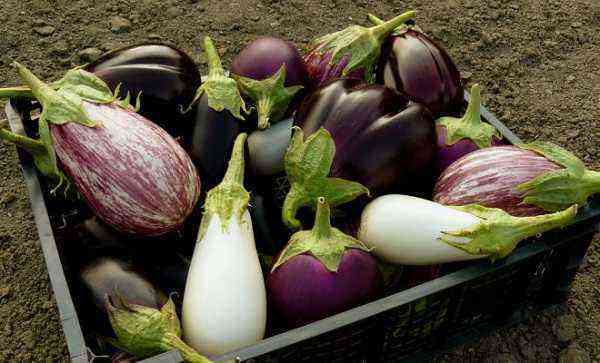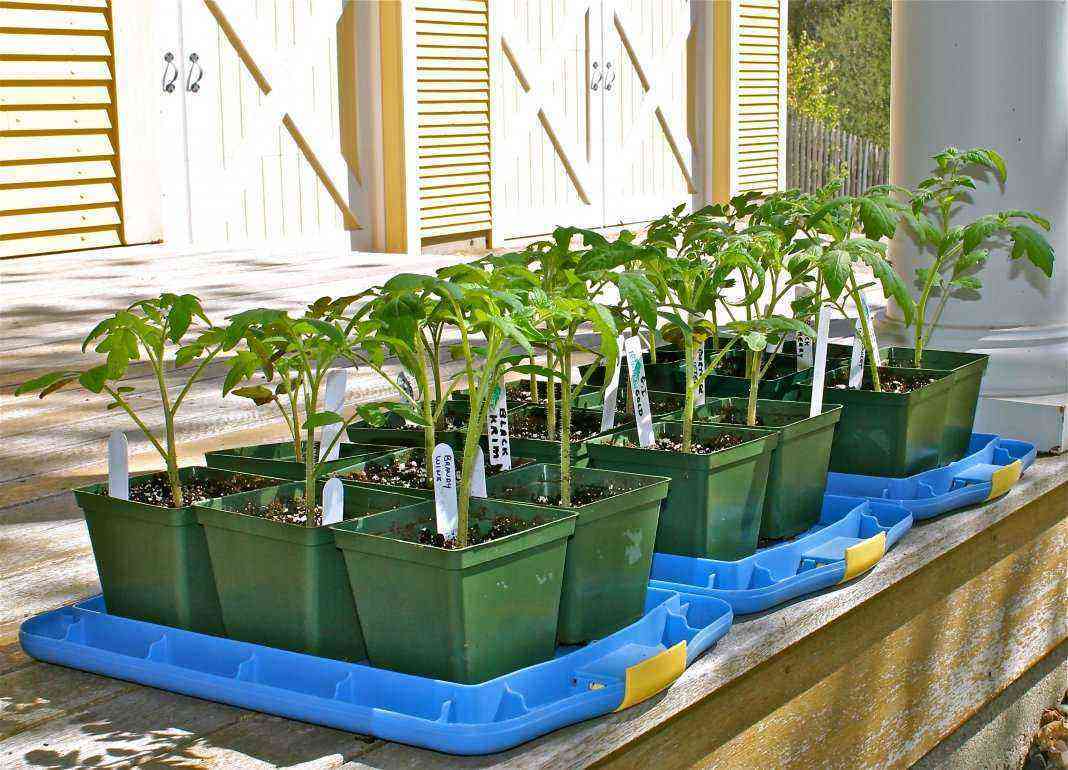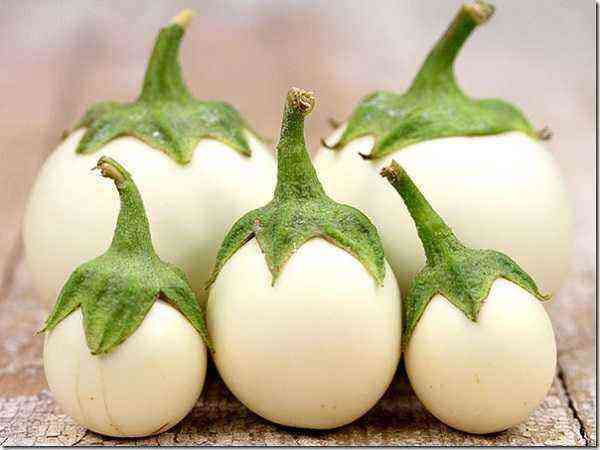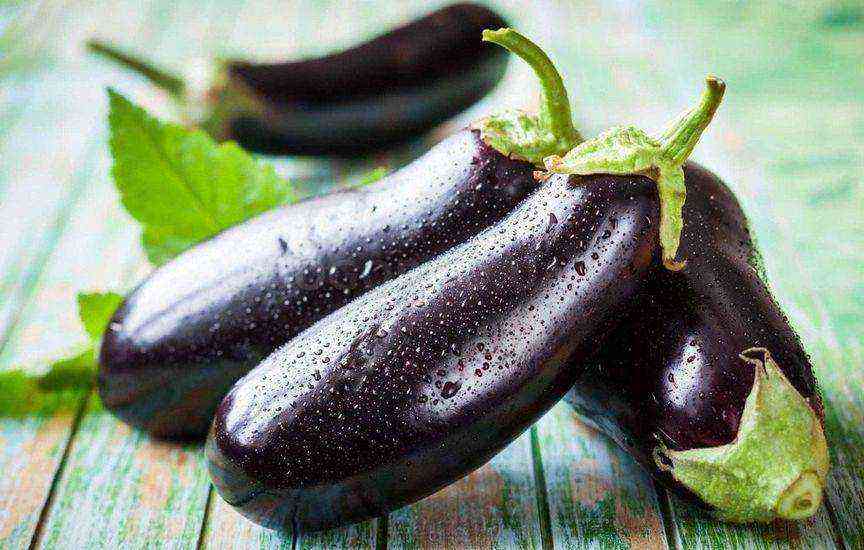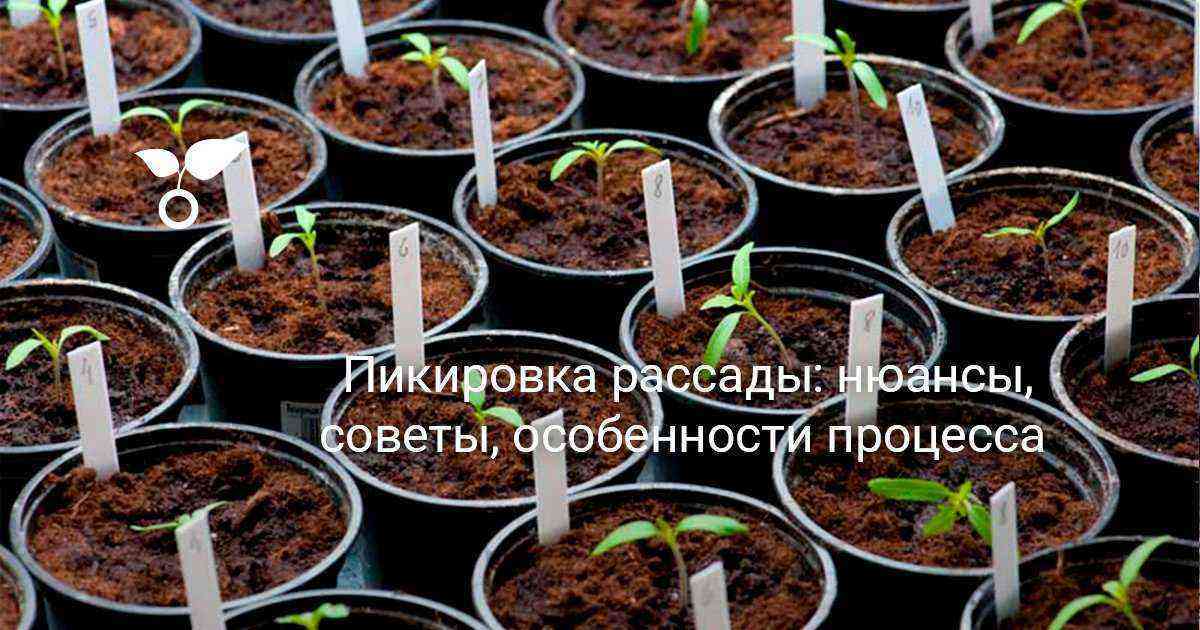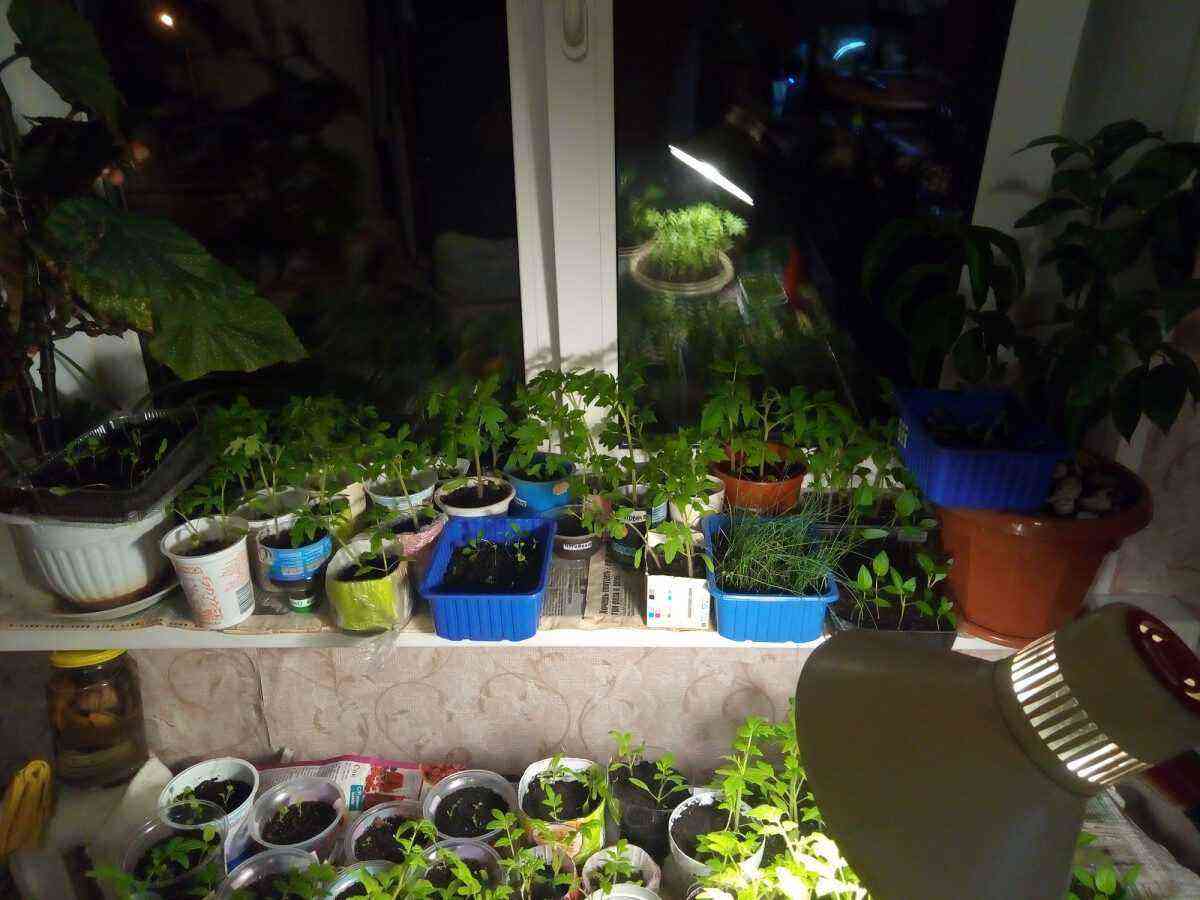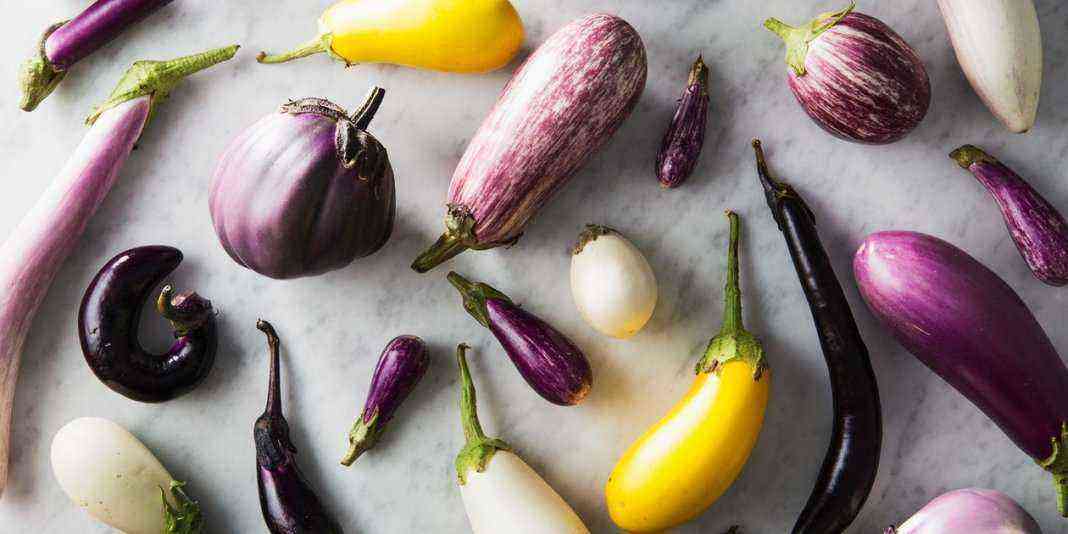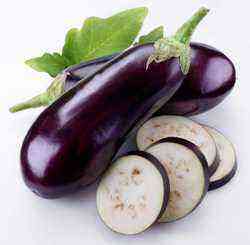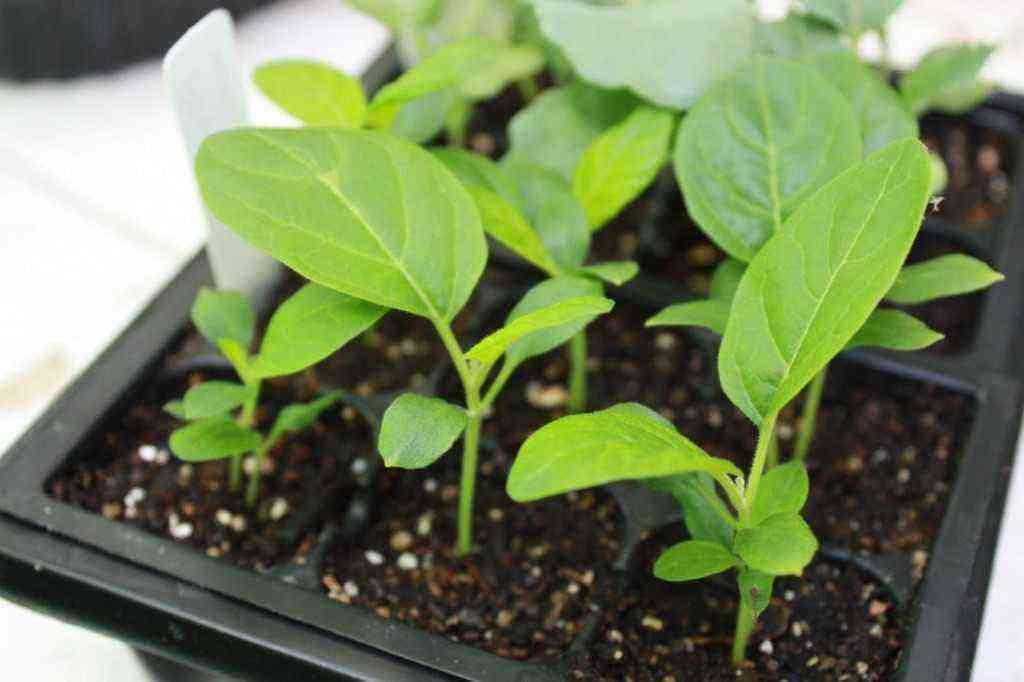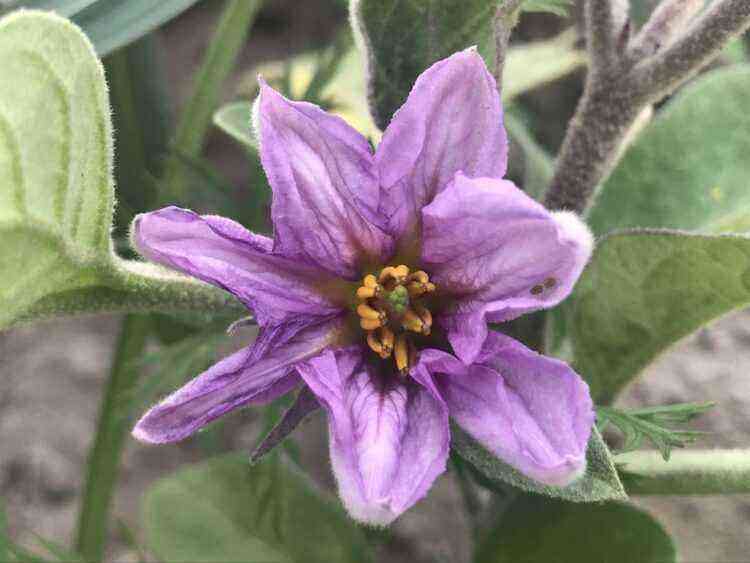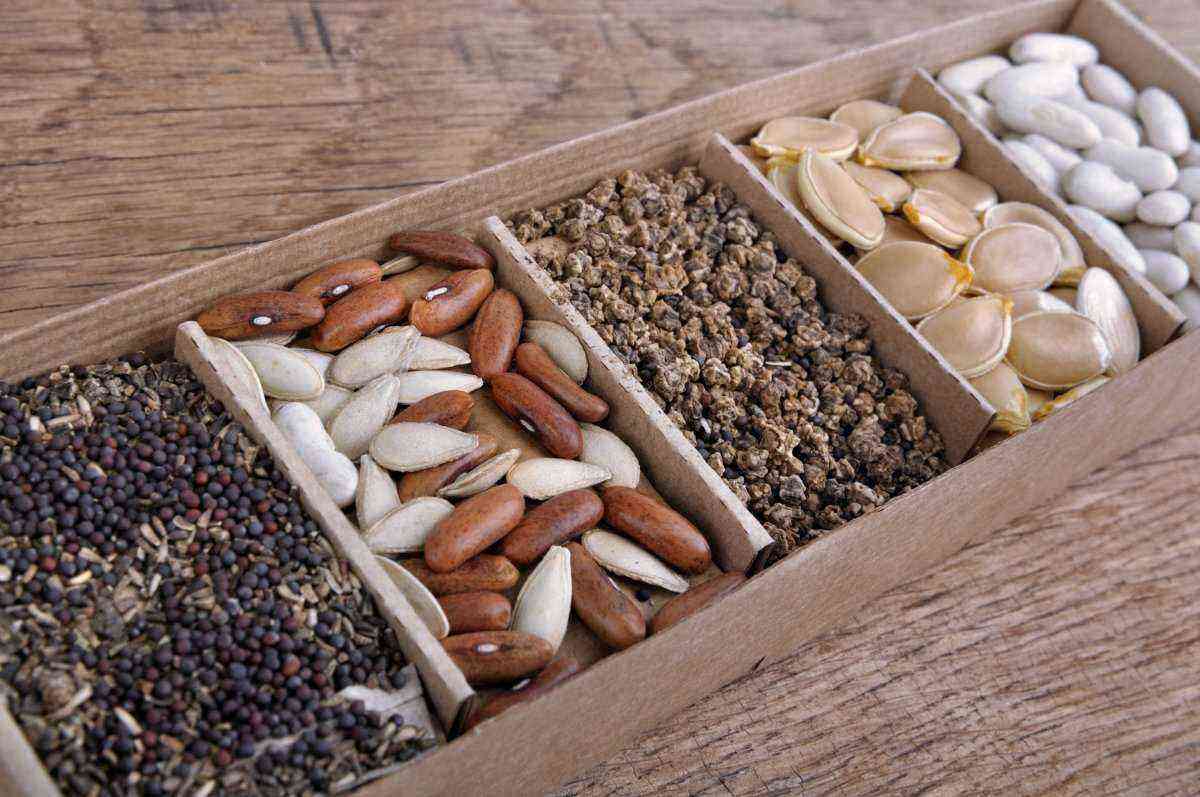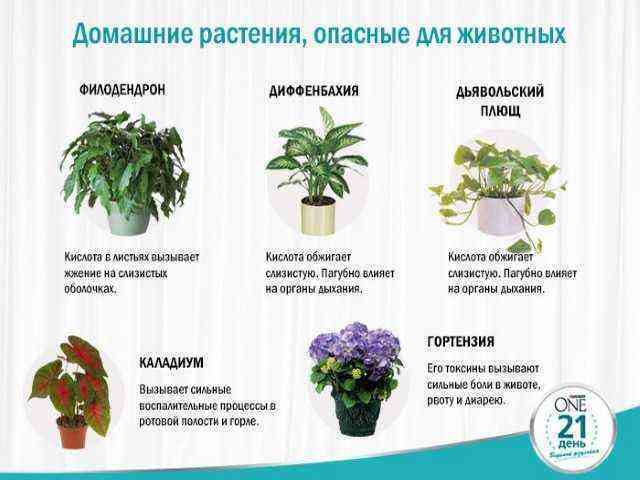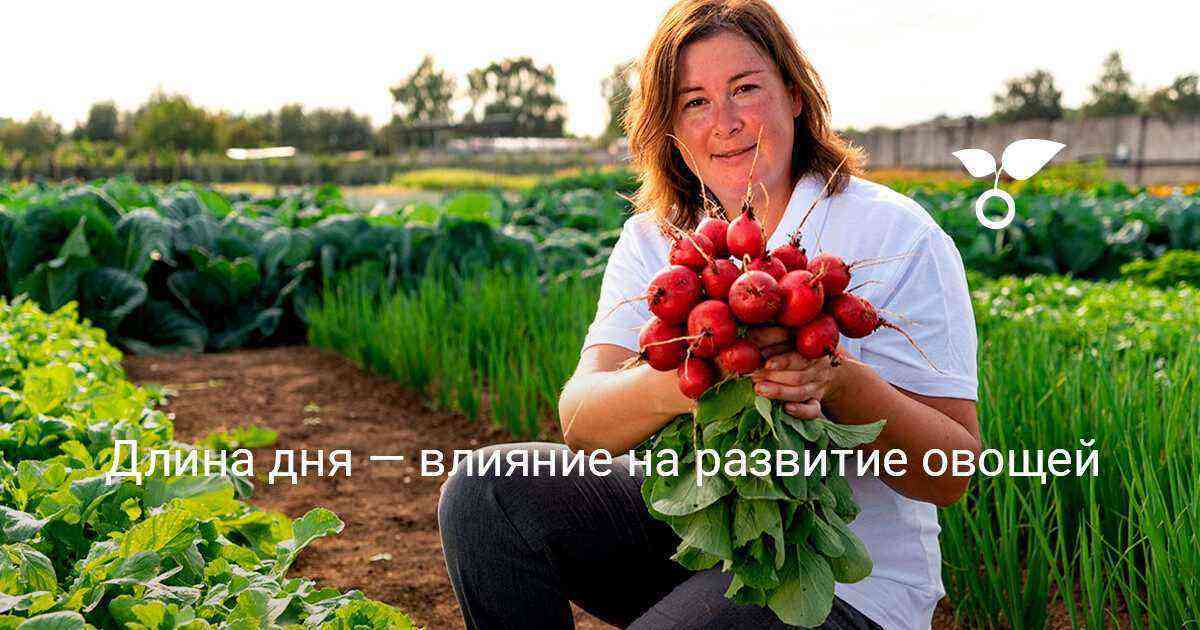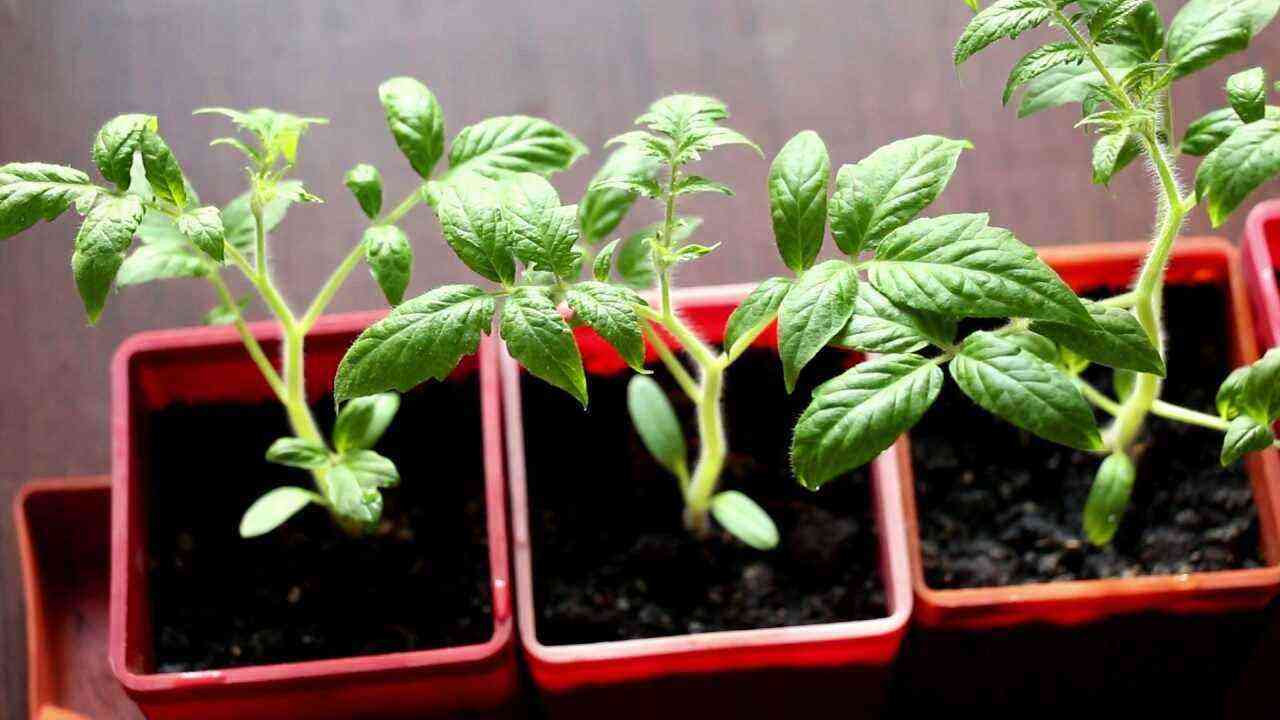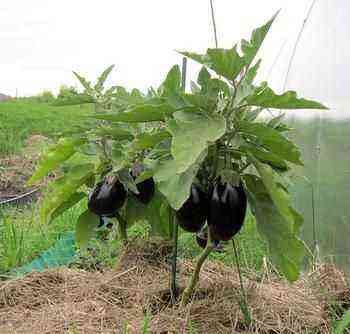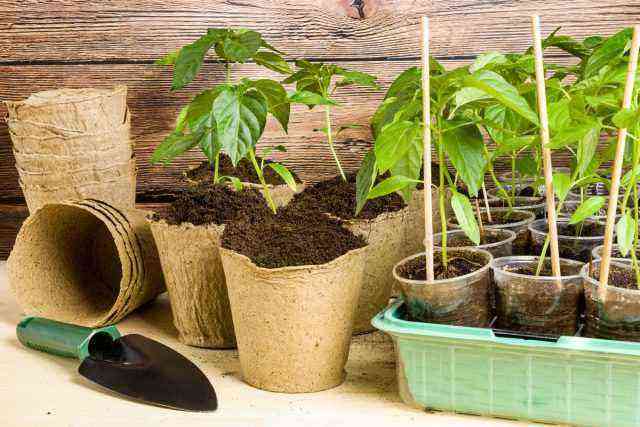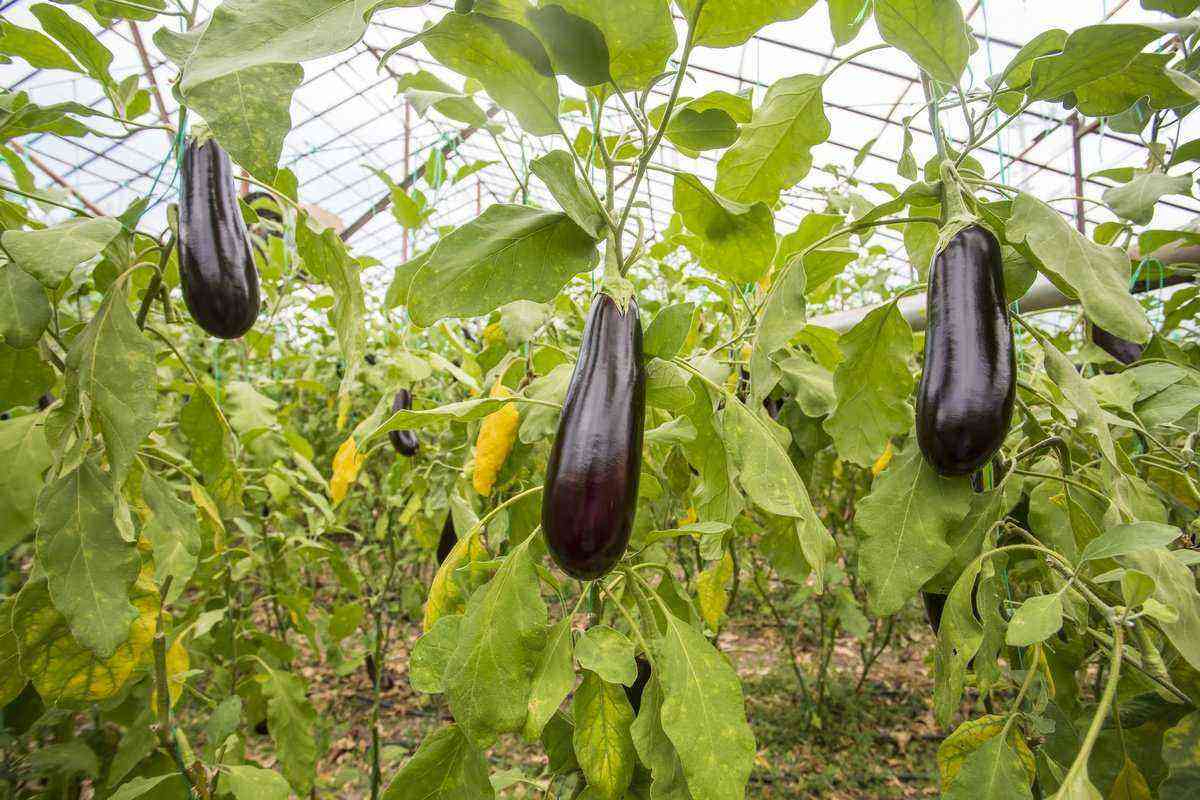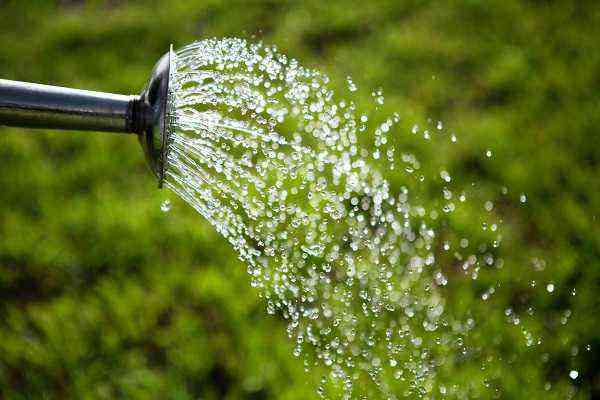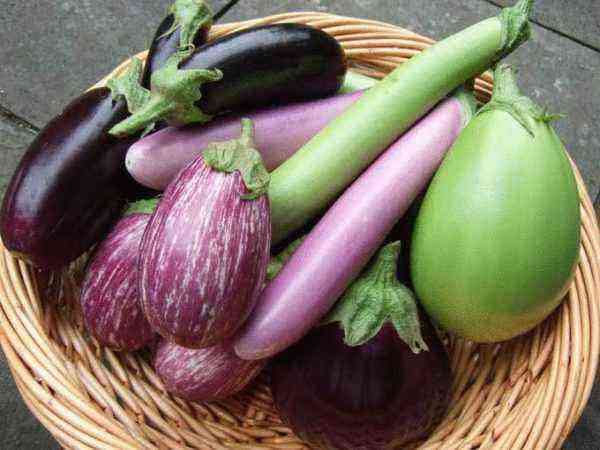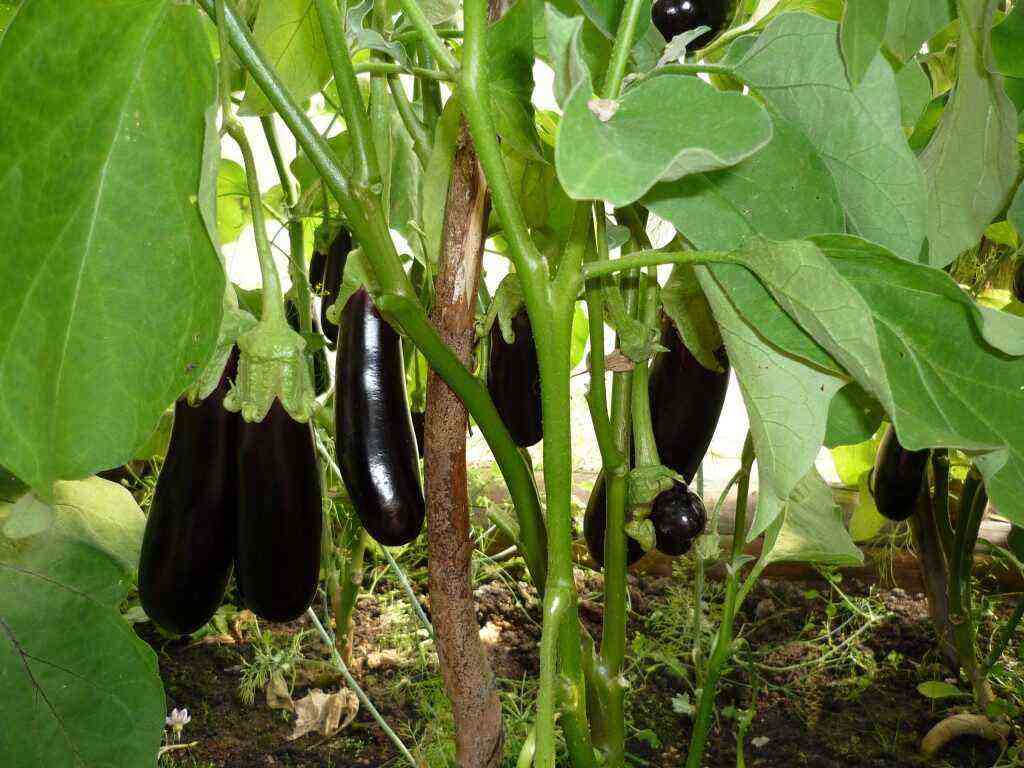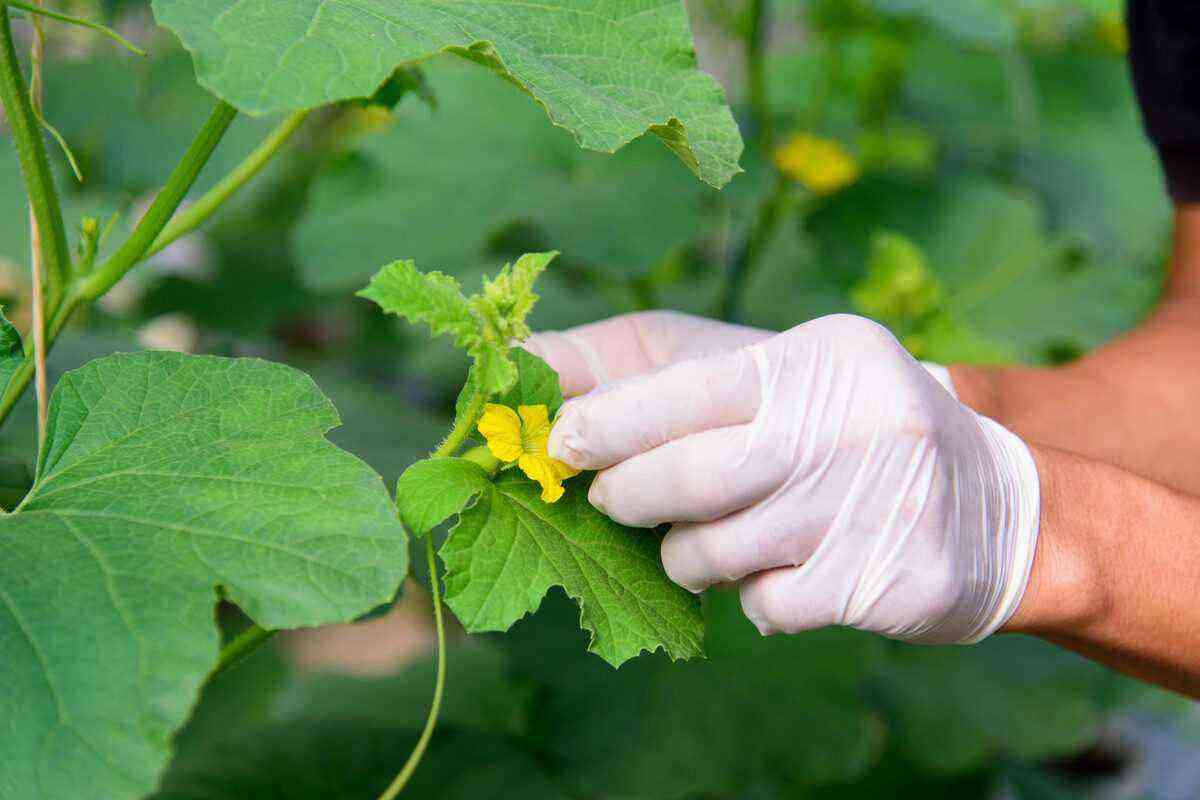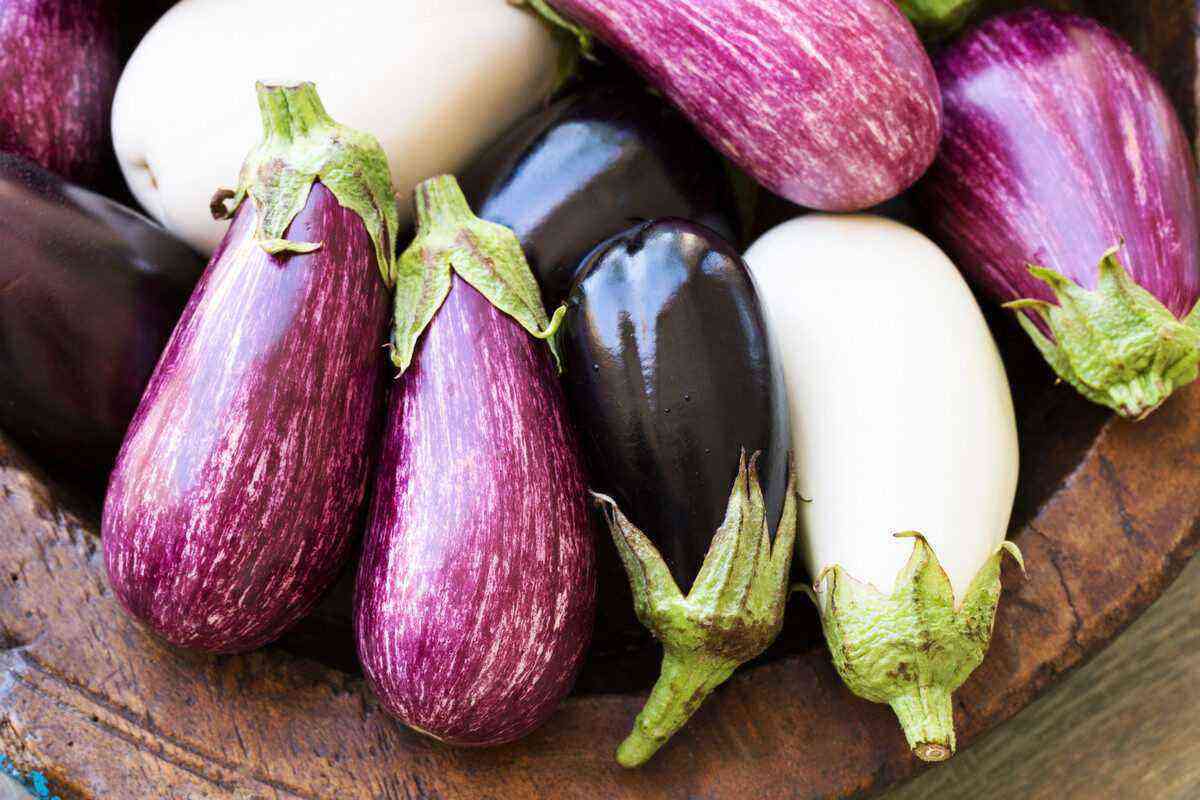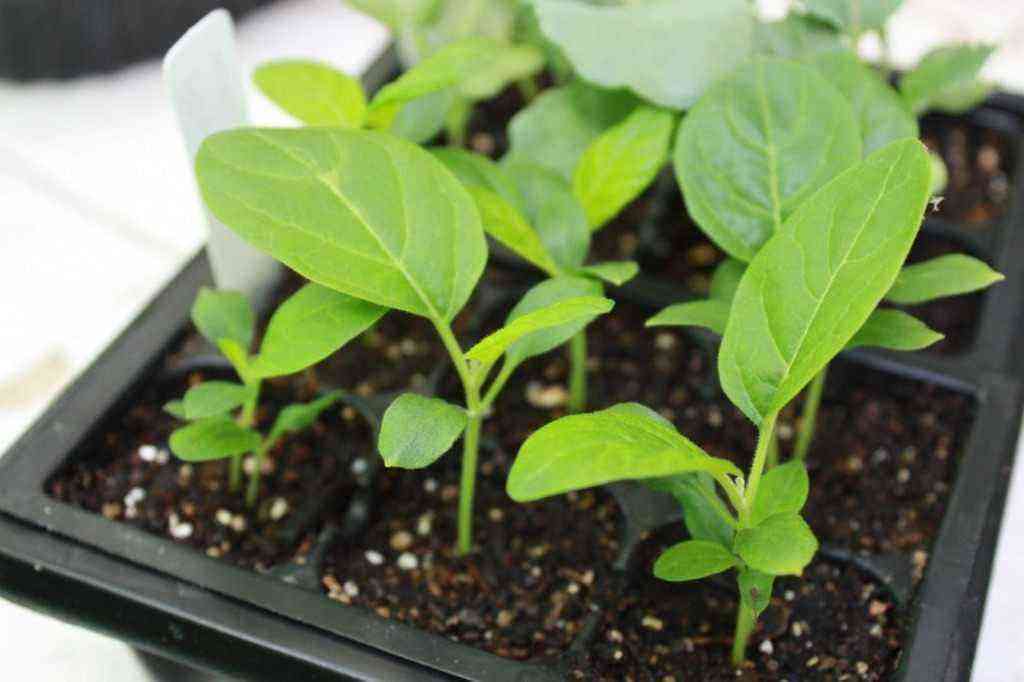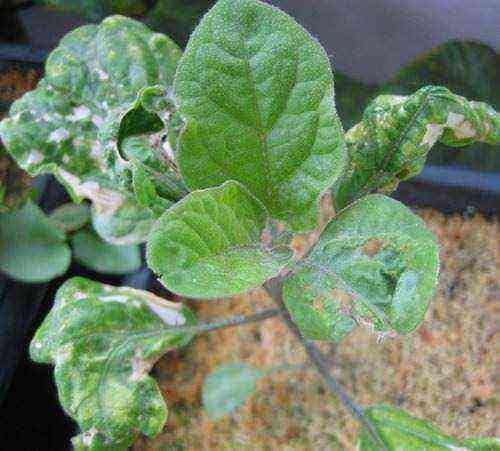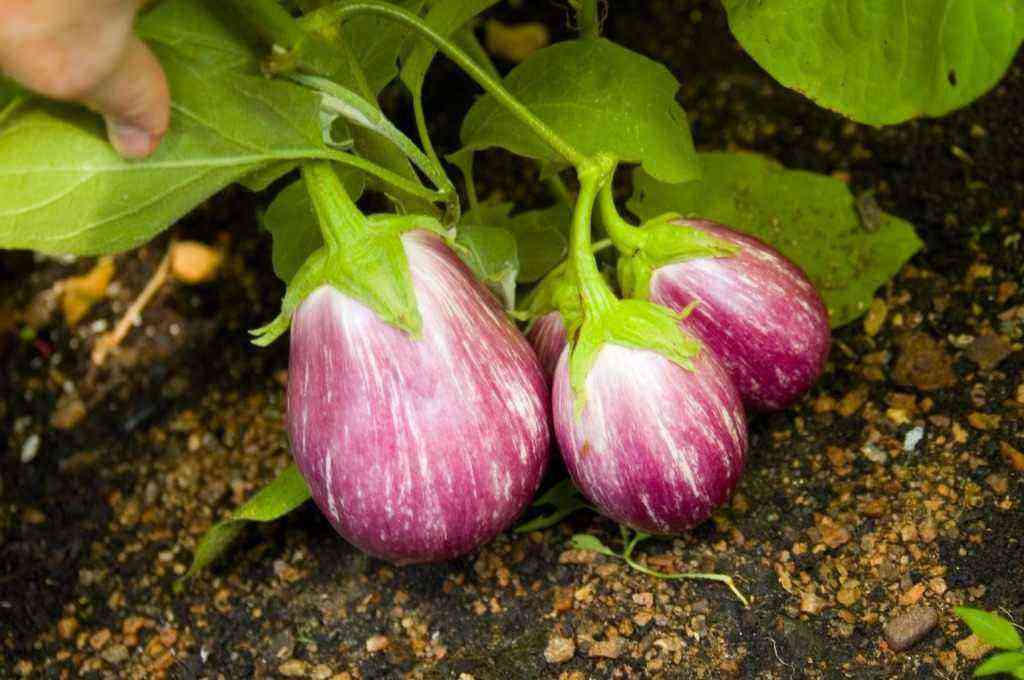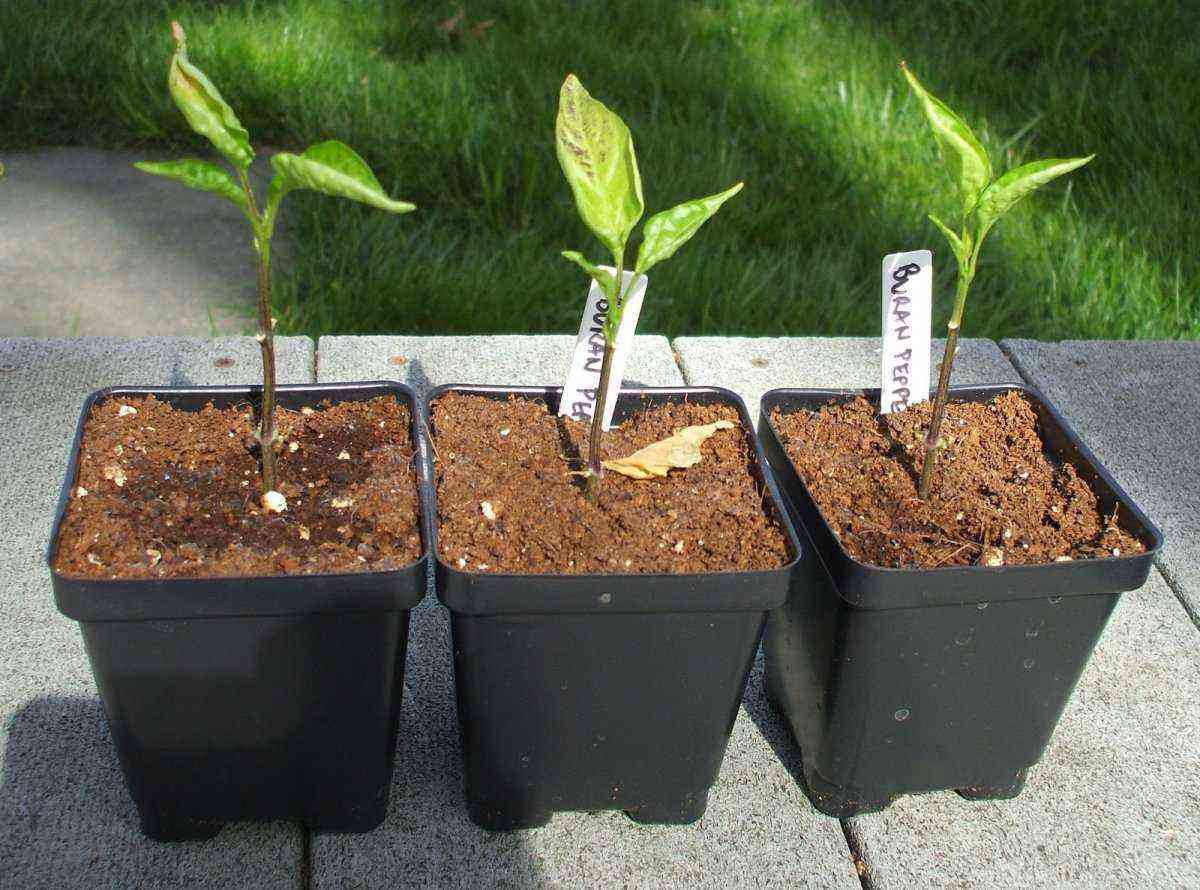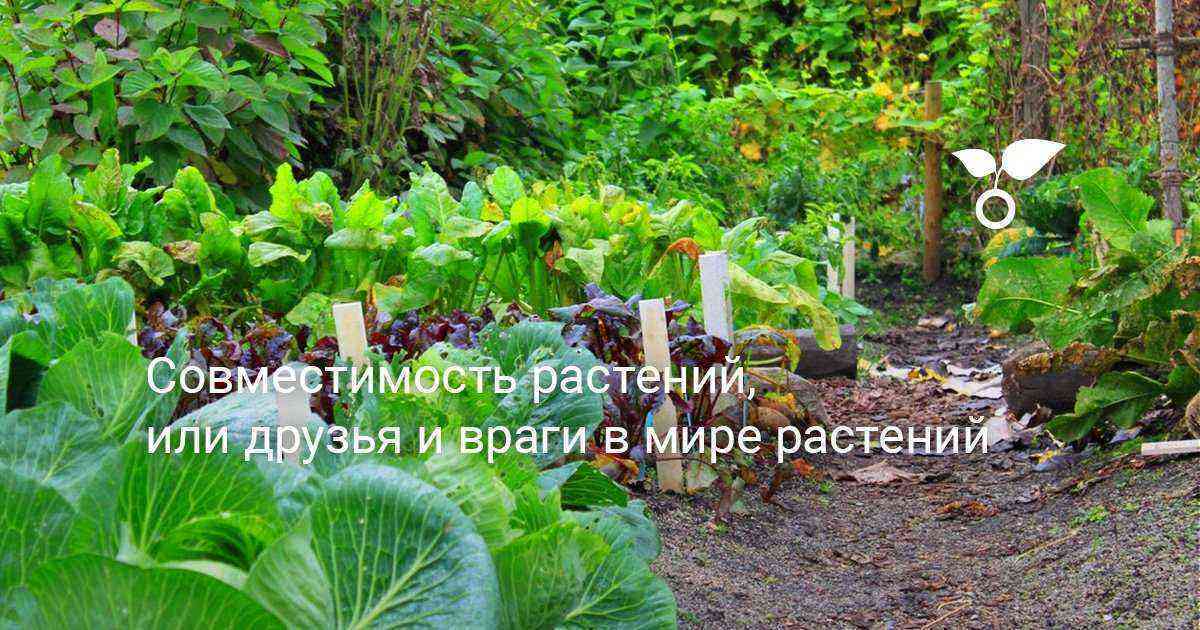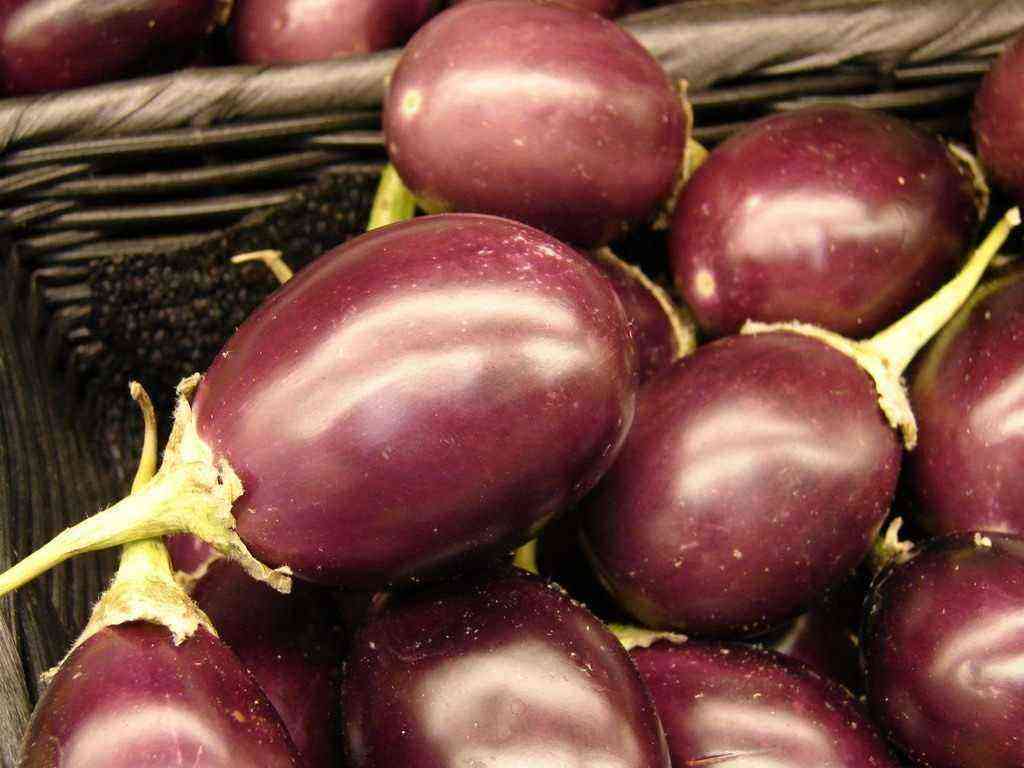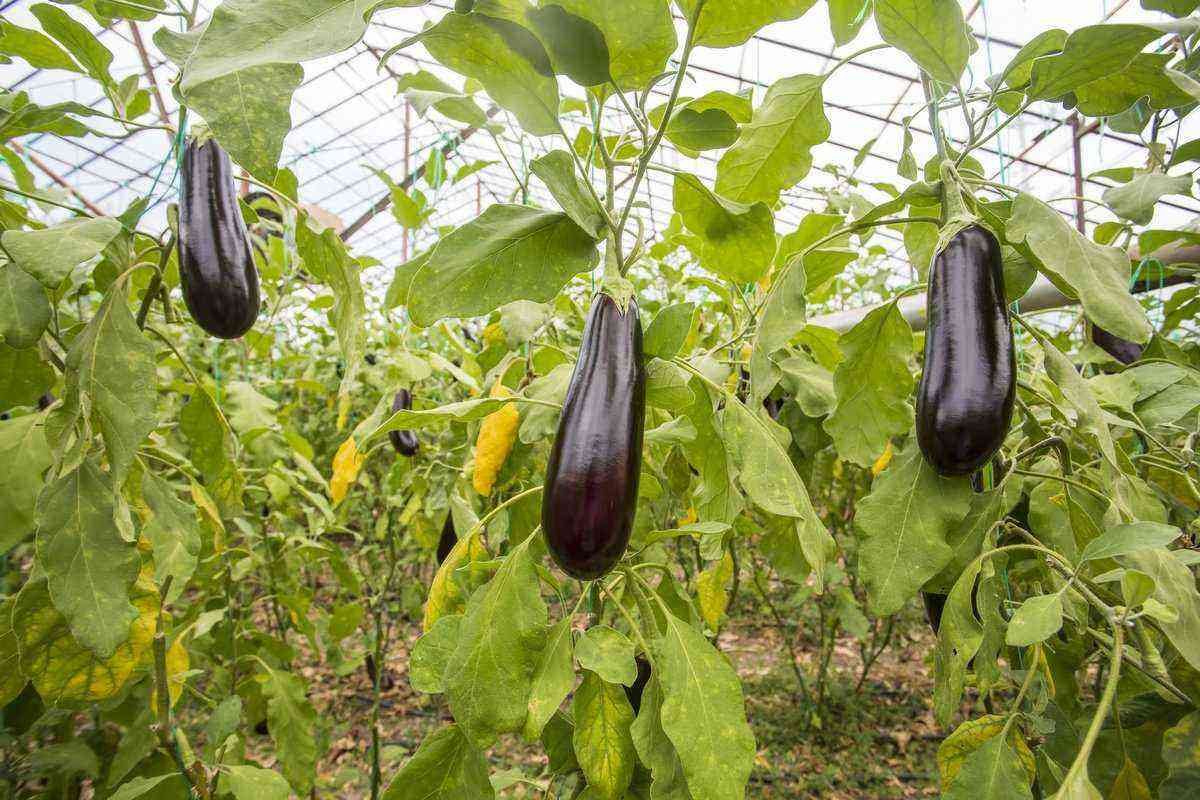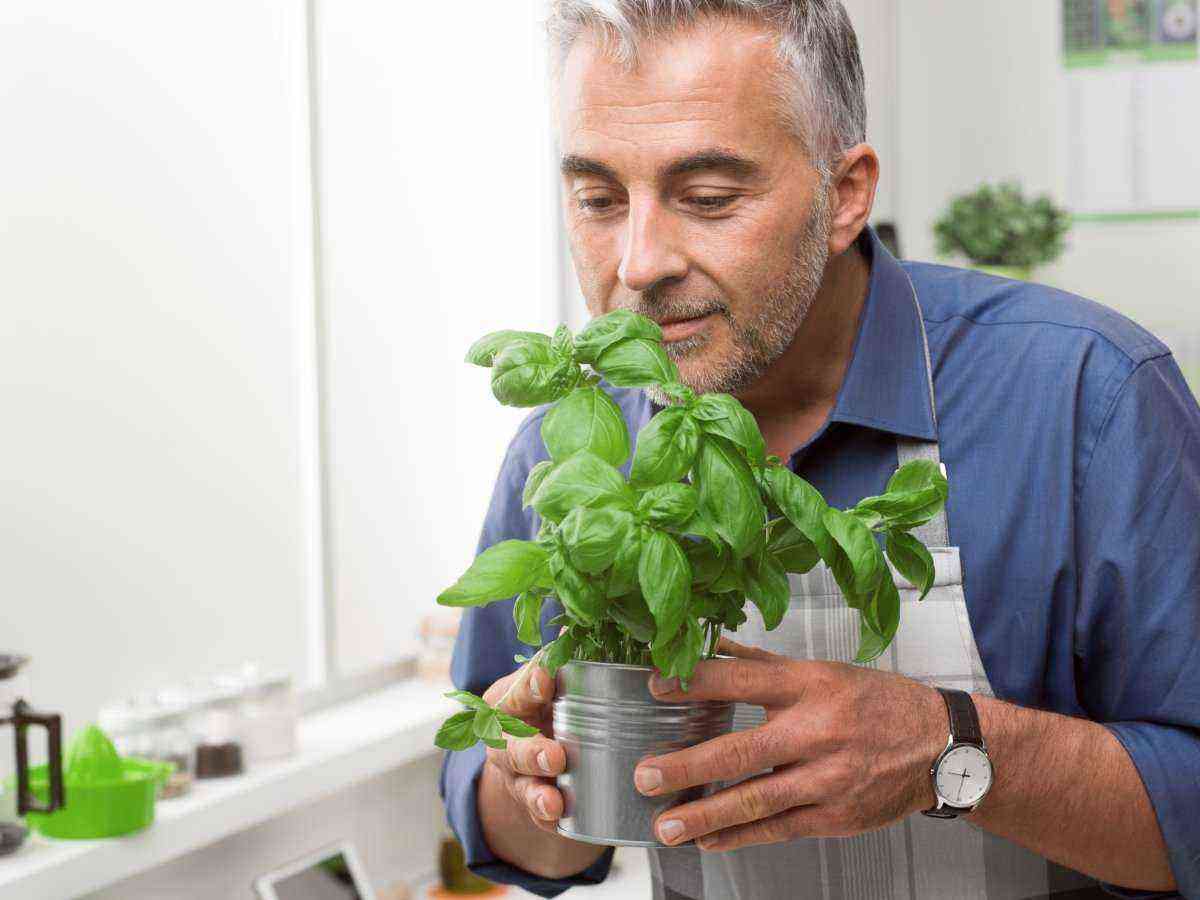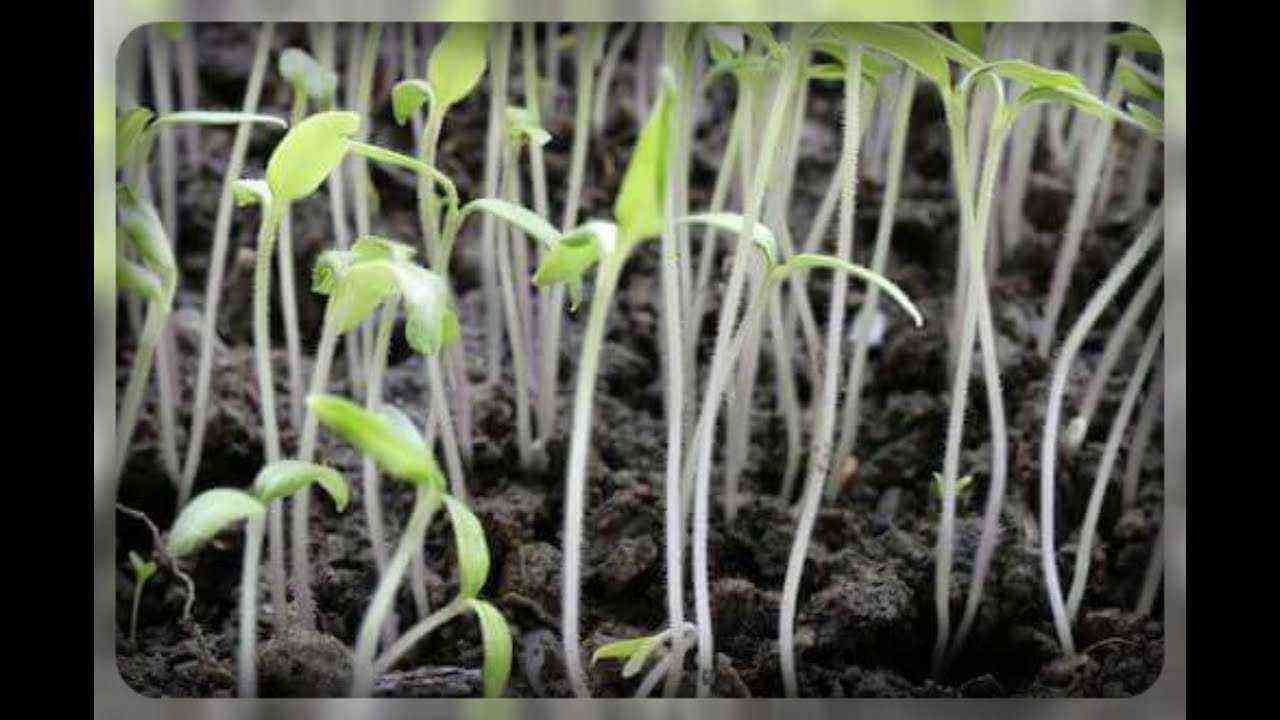Despite the abundance of colorful bags with vegetable seeds, their contents do not always please the buyer. Cherishing the hope of getting miracle cucumbers or unusual peppers and eggplants, you can harvest an unprecedented miracle as a crop, but absolutely not the vegetables that the gardener was counting on. And a great resentment settles in the soul at the deceivers and at the trusting oneself. To avoid these worries, you can independently collect the necessary seeds on your site. Naturally, there are certain rules for growing planting material and its storage, non-compliance with which will give the same results as buying from market scammers.
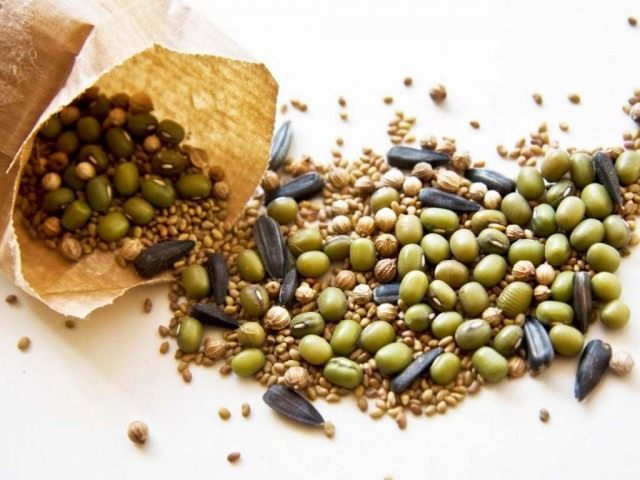 Harvested vegetable seeds
Harvested vegetable seeds
General tips for getting good seed
It is most expedient to allocate a separate plot for growing vegetable seeds. In such a plot (comparatively small), plant 1-3 plants, the fruits of which will be used for seeds in biological ripeness. But you can simply choose from the plants growing on the corresponding bed that are the most typical in terms of biological characteristics and mark them as future testes (for example, with a bow). then work separately.
To obtain varietal seeds, the site must be in optimal conditions:
- in a well-lit place, away from the wind rose and drafts,
- in sufficient spatial isolation, which is especially important for cross-pollinated crops,
- grow only 1 variety of crop, if there are several varieties of the same crop, then see the previous paragraph,
- the site must be kept absolutely clean, as weeds can drown out cultivated plants, pollinate (single-family, for example, cruciferous) and serve as a source of disease and a temporary refuge for pests,
- testicles must be absolutely healthy,
- care and processing at the seed site should be carried out especially carefully: timely watering, top dressing, protection from pests and diseases, the timing of harvesting fruits and their further processing.
Features of collecting vegetable seeds
We collect seeds of cucumbers, zucchini and pumpkins
On the seed plants of cucumbers, the lower first cucumbers are left on the lashes of the first order until fully ripe. Fully mature testes are thick-skinned, brown or light brown in a fine mesh. Peduncle, dried up to blackening. Cucumbers are left on the bush or removed and stored until softened.
When preparing seeds from the fetus, 2-4 cm are cut off at both ends, leaving only the middle, where the highest quality seeds are. The cucumber is cut in half and the seeds are taken out along with the pulp (pulp). The liquid mixture is laid out in a wide-mouthed container (deep bowl, jar, other container) for 3-4 days for fermentation. Never add water during fermentation. During this period, the temperature in the room is maintained at +22..+25°C. When the foam rises, fermentation has taken place and the seeds will easily separate from the pulp.
At the end of fermentation, the seeds from the pulp are washed under running water, dried with a paper towel and left to dry completely. At home, you can immediately select the heaviest, highest quality seeds. To do this, the seeds must be placed in a saline solution. Remove the light ones that have floated up, and wash the heavy ones that have settled to the bottom of the container under running water and dry at room temperature until fully cooked. Qualitatively dried seeds tingle the palm when squeezed.
Seeds of ripe fruits or even slightly unripe ones are selected from zucchini and pumpkins. Overripe pumpkin seeds can be used as an anthelmintic medicine or a nice fried dessert for an evening in front of the TV. Overripe pumpkin fruits, by the way, and watermelons too, have low germination and the ability to germinate while still in the fruit. All other processes (without fermentation) are performed as in cucumbers. The best seeds are large, located in the center of a ripe fruit.
The fruits of cucumbers, pumpkins and zucchini, which have fallen under frost, are transferred to a closed room, gradually warmed up and seeds are released. Seeds must be allocated before January, otherwise they will germinate inside the fruit.
How to collect tomato seeds?
From the beginning of planting, the most well-developed bushes of tomato plants typical of the variety are noted. On healthy selected bushes, a bow is tied to the stalk to the marked testicle on the 2nd-3rd brush. The fruit is on the bush until full biological ripeness, but not rotten or overripe, that is, it is colored in red, burgundy, pink colors and shades typical for the variety. Soft to the touch, but not rotten.
Fruits at the beginning of biological maturity are removed if the bush began to suffer from late blight, although such fruits are not recommended to be selected. Unripe fruits ripen on the windowsill or in another suitable place.
Mature seeds are separated from the pulp with a peel, placed in an appropriate container and the same conditions for fermentation are created as for cucumbers. Fermentation of tomatoes in cool weather lasts 4-5 days, in hot weather 2-3 days. The solution fermented with seeds is washed under running water. Dry the clean seeds. Like cucumber, they can be immediately divided into light and heavy salt water.
Seeds of sweet, bitter and gogoshara peppers
Pepper is prone to cross-pollination, so sweet, semi-sharp and spicy varieties should be in 100 meters of spatial isolation. The best seed plants are fruits harvested at biological ripeness (brown ones can also be harvested), located on peppers on branches of 1-2 orders and on the main stem of gogoshar. Boxes crunch when squeezed. The color is typical for the variety (yellow, red, orange, dark red to burgundy in Gogoshar).
The harvested fruits are kept indoors for up to 7 days, but they are monitored so that the box does not become soft. Seeds of softened, overripe fruits subsequently lose some positive qualities (germination energy, quality of seedlings).
When separating the seeds from the box, cut off the lid with the stalk in a circle. Seeds are separated into a prepared container. Spread on a drying sieve or towel under the sun. Dry seeds are ground to better separate from each other, winnowed, removing the husk, and packed in paper bags. The seed material remains viable for 2-3 years.
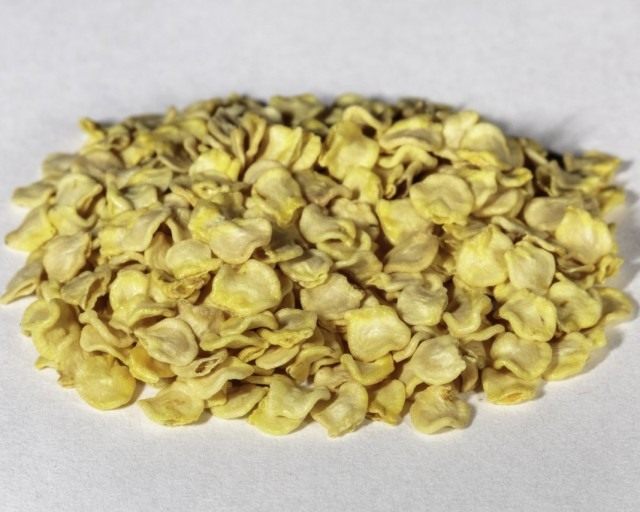 Harvested pepper seeds
Harvested pepper seeds
Collecting eggplant seeds
Eggplants are practically self-pollinating plants, but their cross-pollination is also observed in the south. Varietal isolation in the south is at least 300 m, in the northern and middle regions the distance can be reduced to 100 m. Therefore, it is better to grow seed plants of only one variety.
The highest quality eggplant seed plants are the first 3 fruits (the best is the 2nd). The rest must be removed so that they do not take away nutrients for their growth and development. After removal, the fruits are left indoors for 7-10 days at a temperature of +10 .. + 12 ° C to soften the pulp. Ripe fruits acquire gray, brown, brown-yellow and other colors. The seeds in the testis become hard (important!). On ripening, the fruits are kept in a room with a moderate temperature of +12..+15°C for 15-12 days.
To isolate the seeds, the fruits are crushed: cut into slices, ground on a coarse grater (mature seeds do not suffer) or a sieve. In a container with water, seeds with pulp are crushed and washed, separating the seeds. With stirring, the pulp and light seeds float, and the heavy, highest quality ones settle to the bottom. The seeds are not left in the water, but immediately rinsed and spread on burlap or smooth moisture-absorbing towels made of natural fabric. If the seeds are left wet, they begin to swell and germinate. Dried under a canopy or in the sun, stirring constantly, until flowability.
 Carrot seeds. © Anna
Carrot seeds. © Anna
Carrots and other umbelliferous
In all umbrella plant species (carrots, celery, dill, parsley, parsnips and others), flowering, and hence the formation of seeds, begins with the central umbrella and umbrellas of the first order. The rest must be cut off. To obtain high-quality seeds, 8-12-15 umbrellas are left on the plant. In root crops, large, ripened root crops of medium size, for a given variety, are left to obtain seeds. Their seeds will form a more branchy above-ground mass with large umbels and seeds.
The browned inflorescences are cut off, tied into a loose bundle so that they do not rot, do not become moldy from a fungal infection, and are dried in a suspended state in gauze bags. You can lay out the cut inflorescences on paper and ripen. Fully ripened umbrellas are stored until spring or they are crushed and the seeds are separated from the seed debris by winnowing. The cleaned seeds are stored in canvas bags at room conditions.
Onions and other types of onions
Under the onion seed plants, well-ripened and preserved bulbs are chosen. The mother plant should be firm to the touch and not have sprouts (green pecking is allowed). Varietal cross-pollination is possible, therefore, significant varietal isolation (up to 600 m) or cultivation of one of the varieties is required.
With the full formation of onion boxes and cracking of some of them in umbrellas, the testes can be removed. The testis is pulled out by the roots and dried indoors, if the weather is damp, the temperatures are low. In dry, warm weather, ripe umbrellas are cut with a stem (part of the arrow). Indoors or under a canopy, spread on burlap and dry.
Umbrellas are placed loosely so that they do not prop up and become moldy. Dried umbrellas with opened seed boxes are peeled by hand, winnowed and stored in canvas bags or tightly closed glass containers.
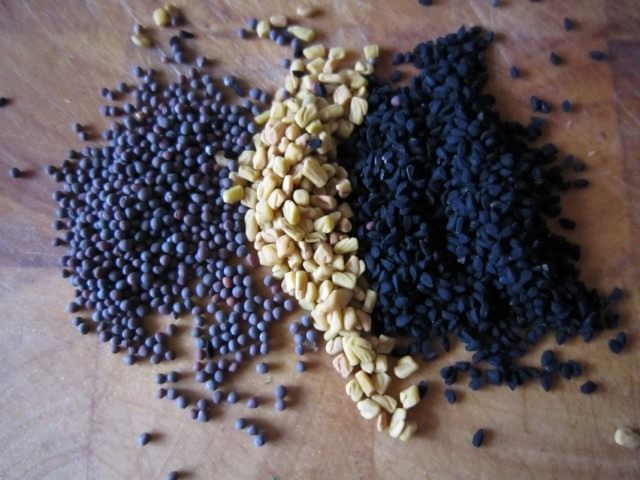 Seeds of onion, mustard and fenugreek. © wendall
Seeds of onion, mustard and fenugreek. © wendall
Beans, beans, peas
The seed plants of these crops are easy to collect. At the beginning of ripening, developed bushes of beans, beans, whips of climbing varieties of beans and peas are noted. You can generally wait until the pod or bean is ripe. At biological maturity, the surface of the fruit will acquire a whitish mesh coating, and the color of the valves will acquire yellowish-brown, dark yellow, light yellow or other shades. In general, the fruits will begin to dry out, rustle in the hands. If few seeds are required, then the largest blades and pods are cut with scissors and sent for ripening on burlap under a canopy.
The shoulder blades and pods peel or peel 1-3 weeks after complete drying. If the testes are collected with the whole bush or lash, then loose bunches are tied and hung indoors, and peeled in their free time on autumn evenings. When peeling, small, blackened, diseased grains are immediately rejected.
Ripe bean has a varietal color, very hard. Ripe beans and pods are harvested in the first half of the day in dry weather, after the dew has disappeared. Immediately after the rains, autumn drizzle, it is impossible to harvest. The grain may germinate in the pods and blades, or swell and die when re-drying. Before ripening, the lashes and bushes inspect and cut out all small, young, underdeveloped pods and beans (shoulder blades) so that all the nutrients go into the seeds.
Seed storage conditions
The safety of seed material is a very important stage in self-harvesting of seeds.
Seeds are cleaned of debris and laid out in paper bags or bags made of natural fabric. In cellophane bags and other synthetic materials, the seeds often become moldy from the released moisture and lose quality, they can completely die.
The following data is written on the package or put into the bag: name of the crop, variety, type – early, middle, late, year of collection, shelf life.
The prepared seeds are put in a box and stored in rooms where the temperature is constant and the humidity is low (it is not recommended in the kitchen, where the humidity usually changes significantly).
The optimal storage temperature ranges from 0..+5°C, humidity is not higher than 55%. At elevated temperatures (more than + 20 ° C), the fruits dry out. Some gardeners keep a box of seeds in the hallway on a shelf if there is no other room.
Shelf life of seeds
Knowing the shelf life of seeds is very important. Usually it is 1-3 years, but there are types of vegetables, the seeds of which remain viable for up to 10 years or more, increasing germination over the years or not losing it. The table below will help guide you. In order not to lose data, they can be entered in a garden diary.
Rekmnehf
Shelf life, years (from the year of collection)
Огурцы
7-8
Кабачки, патиссоны
7-8
Тыква
4-5
Томаты
4-5
Перец, гогошары
3-4
Баклажаны
3-4
Морковь
3-4
Зонтичные зеленные (петрушка, укроп, тмин, фенхель, щавель).
2-3
Лук
2-3
Фасоль
3-4
Бобы овощные
10
Горох овощной
3-4
The article does not list all vegetable crops, the seeds of which can be harvested independently for several years without loss of germination.
We will be grateful for your advice on how to harvest seeds and store them.

